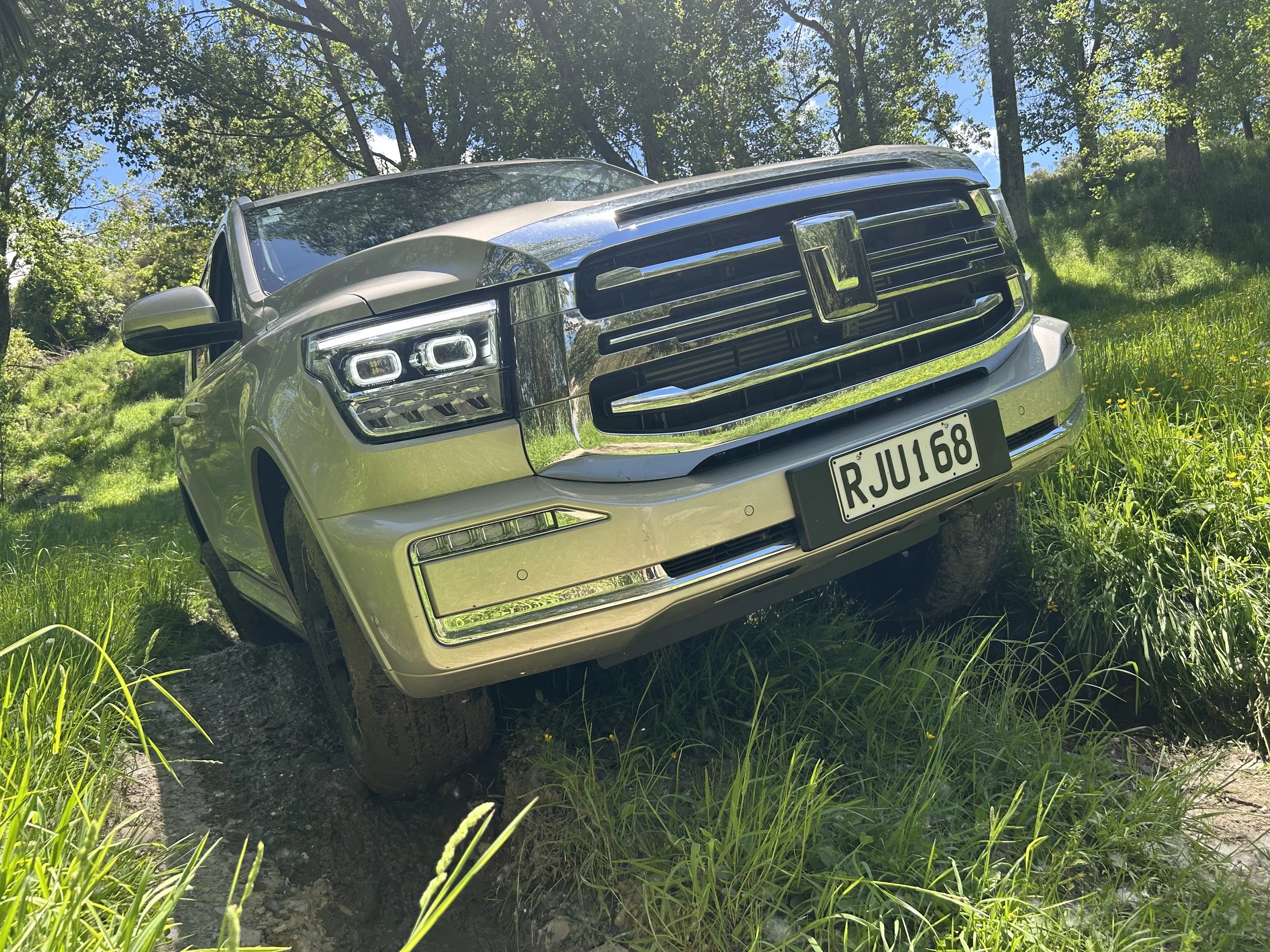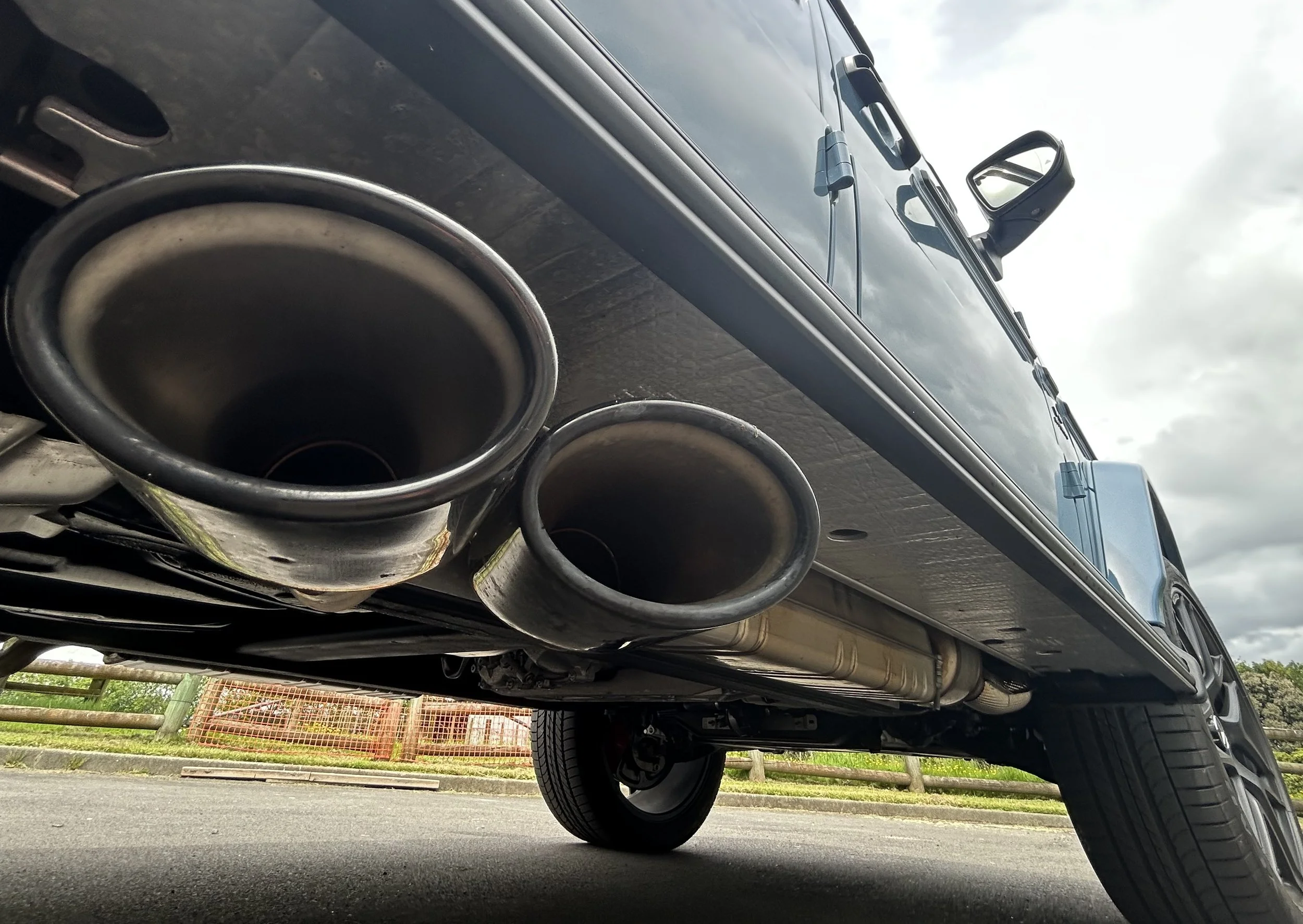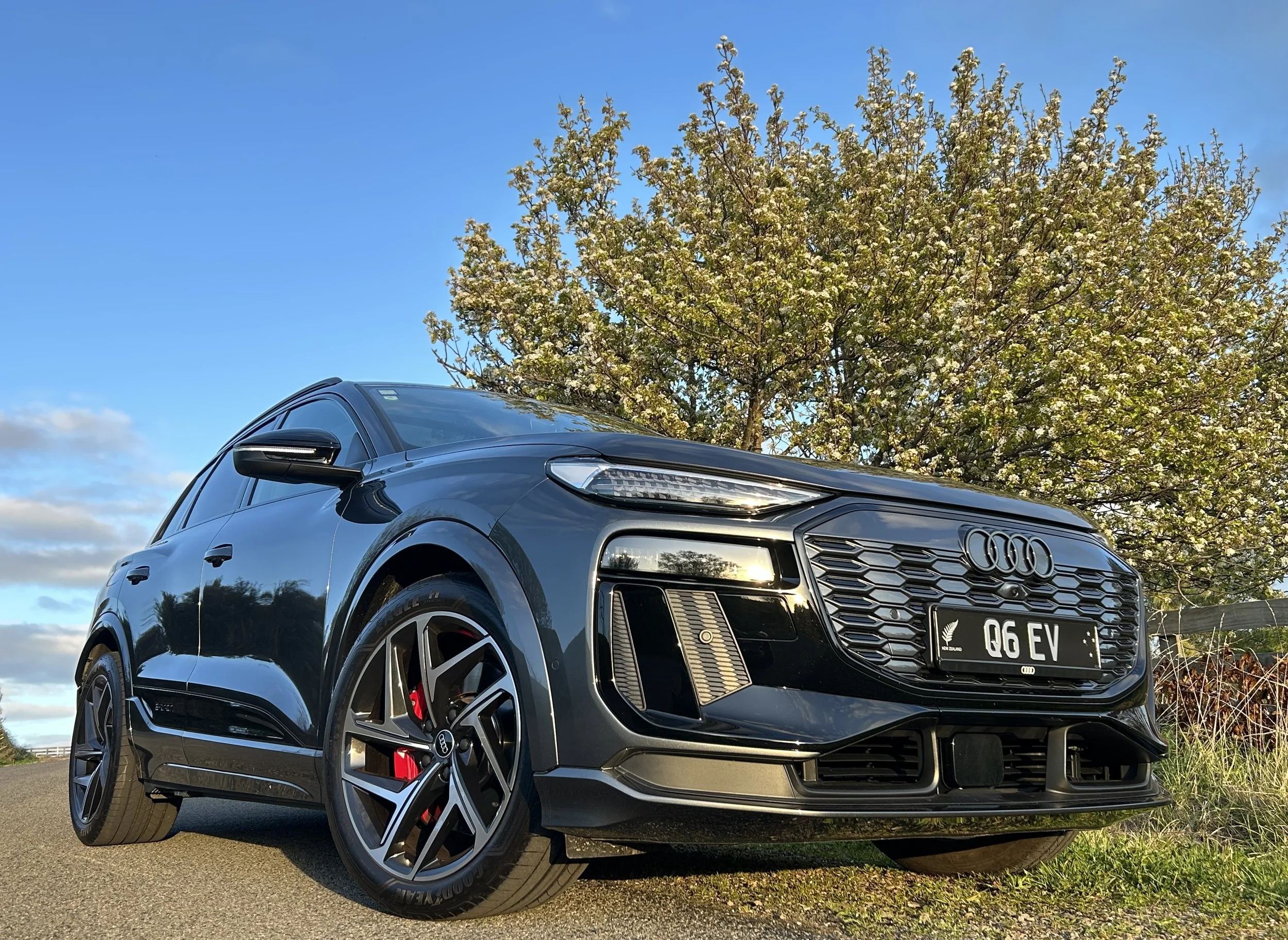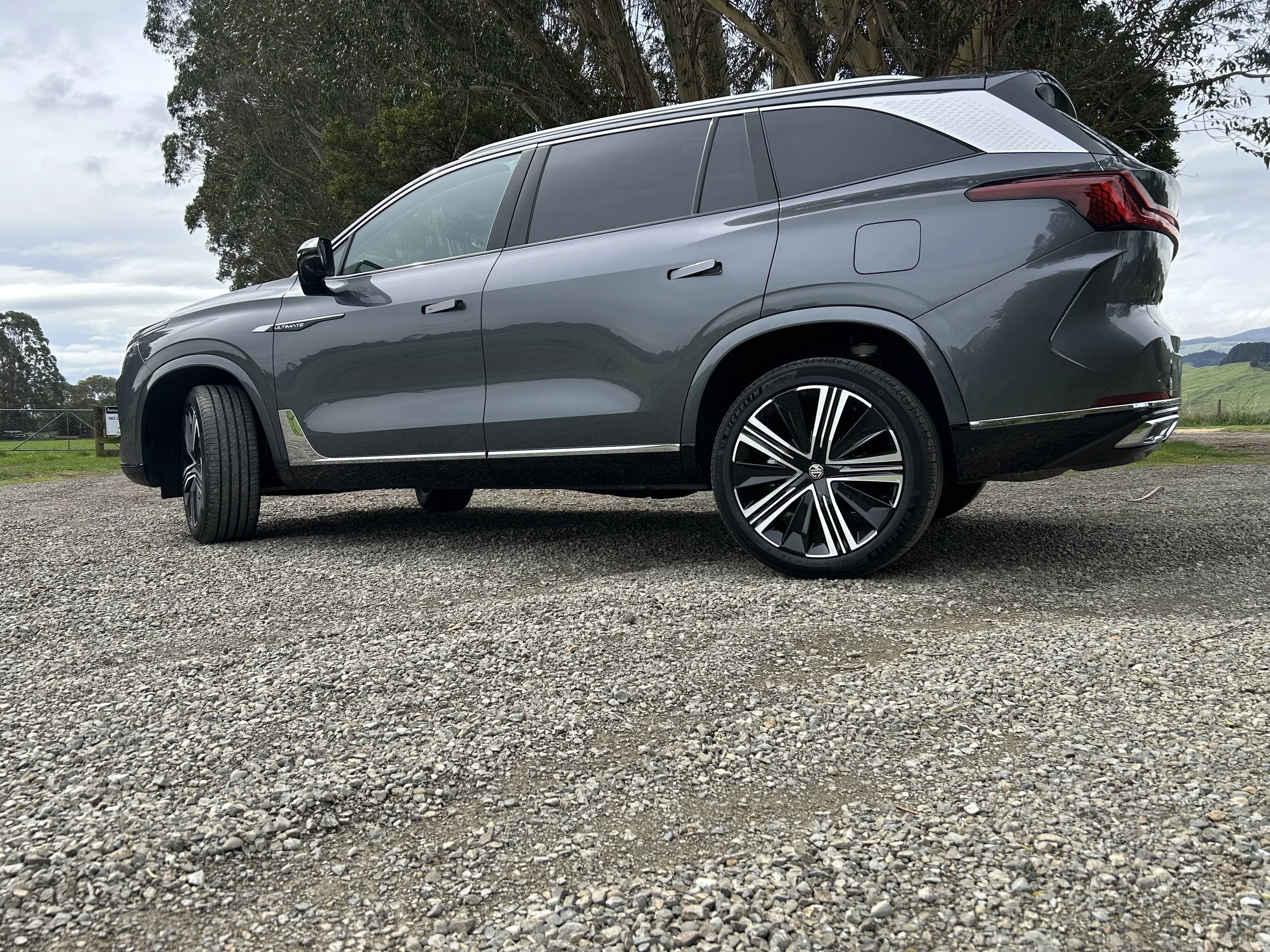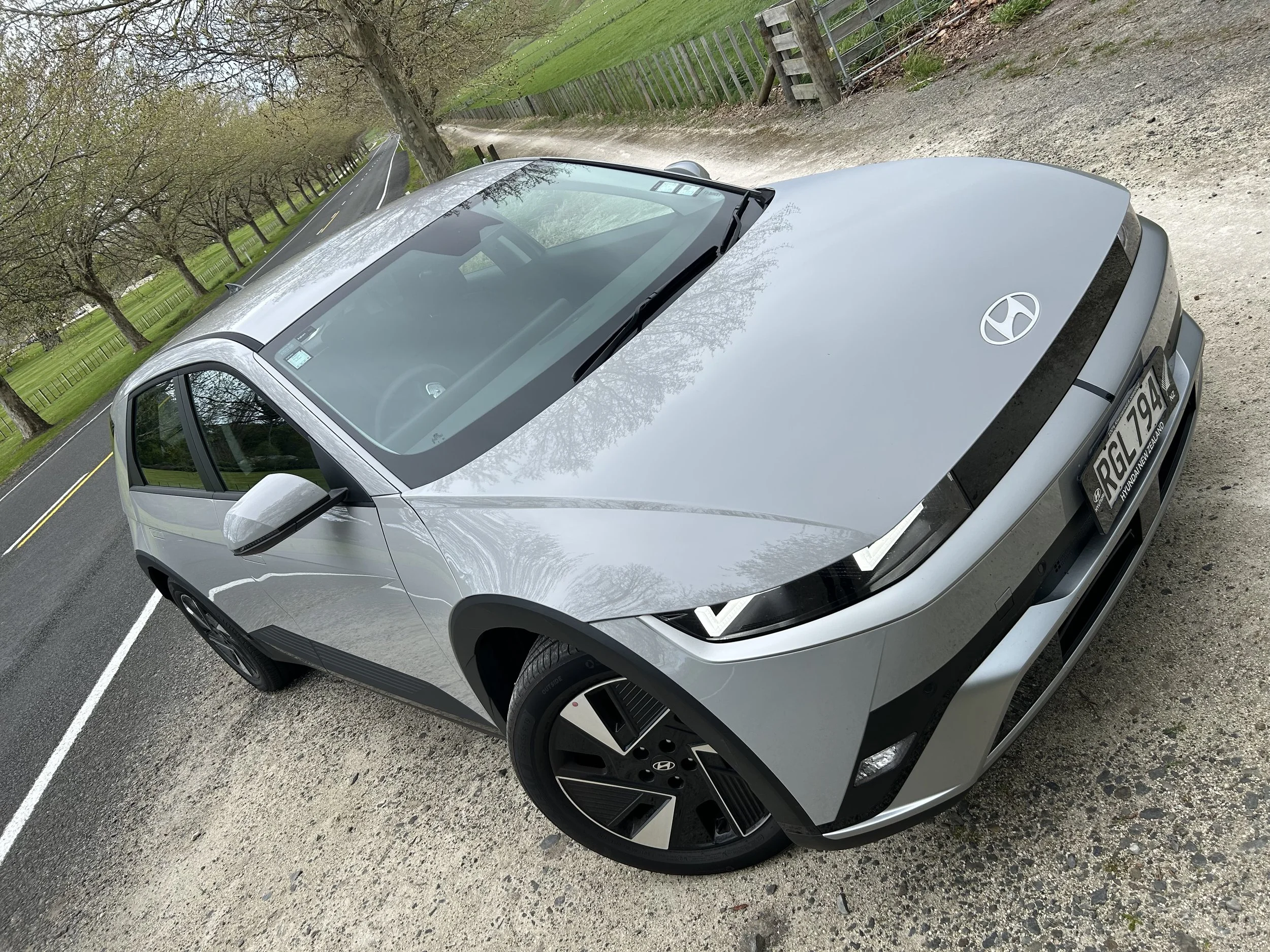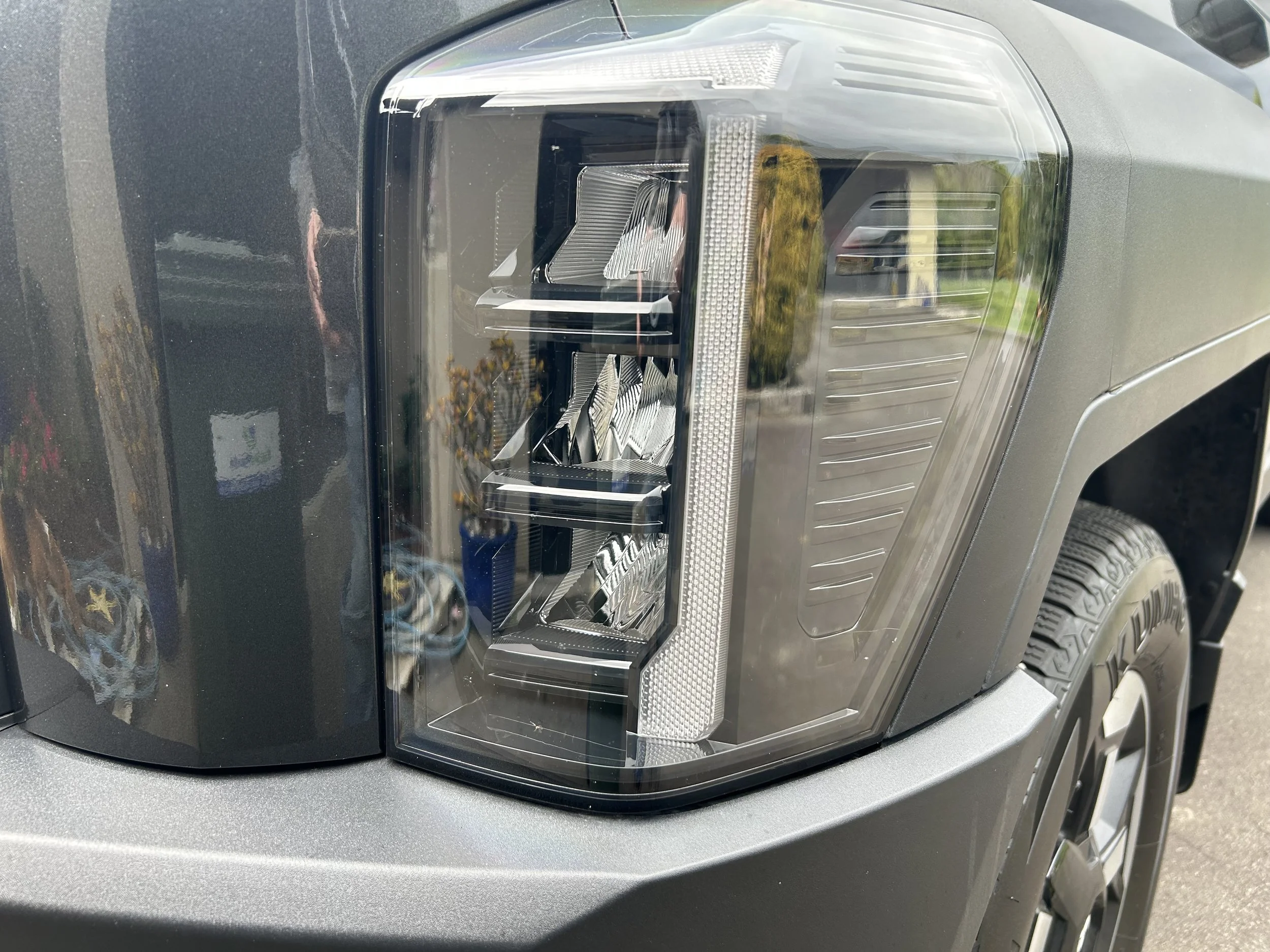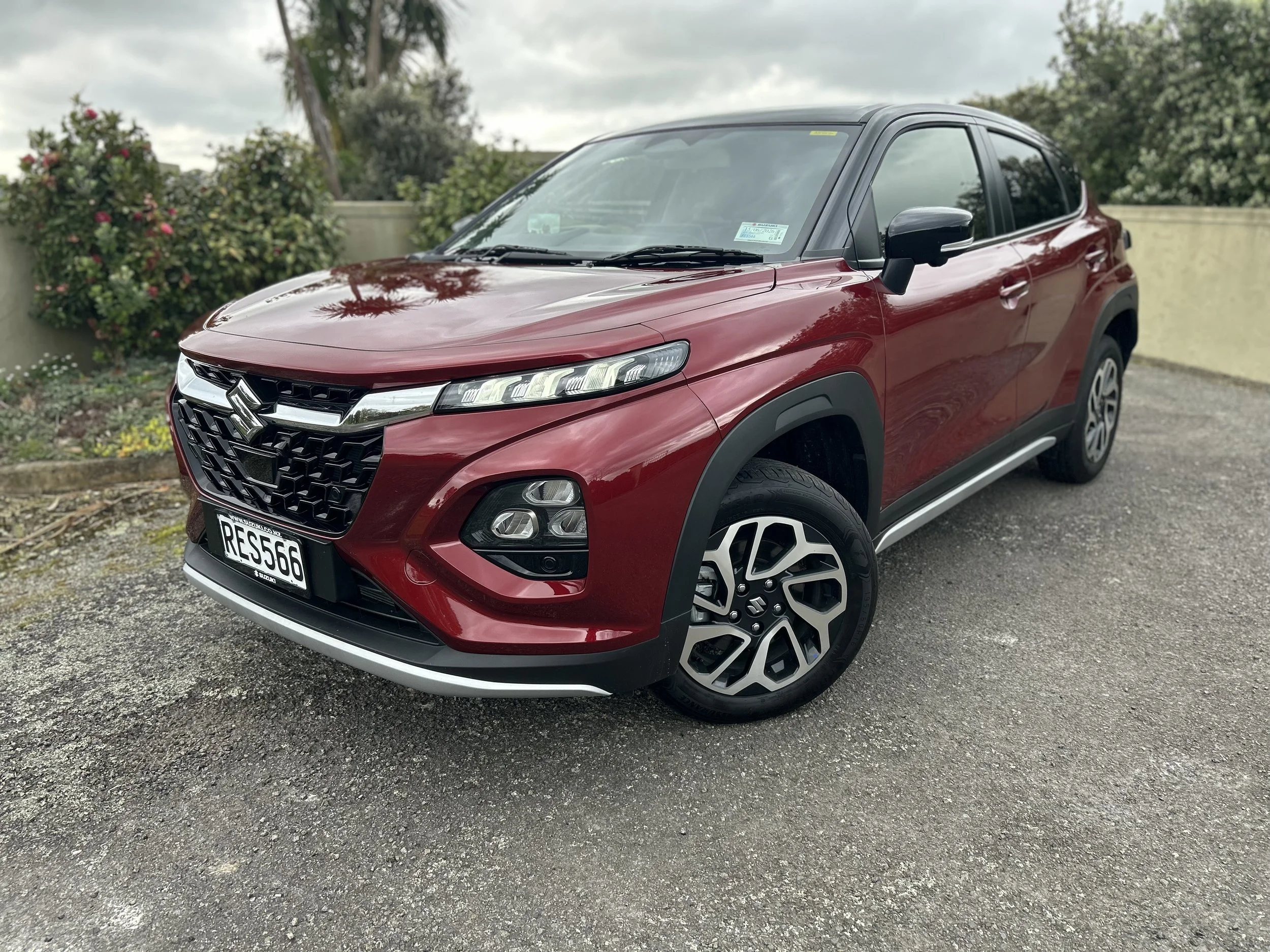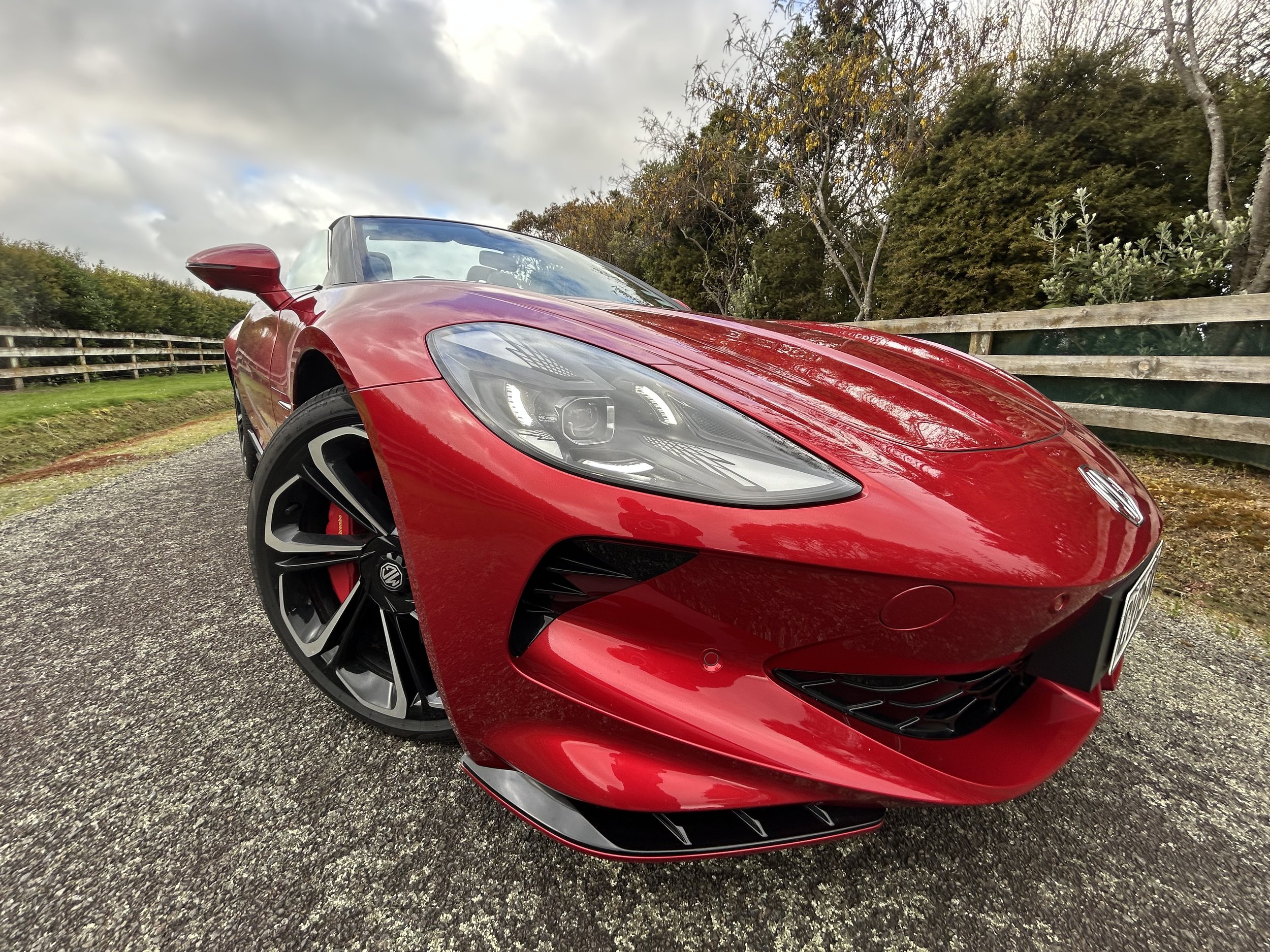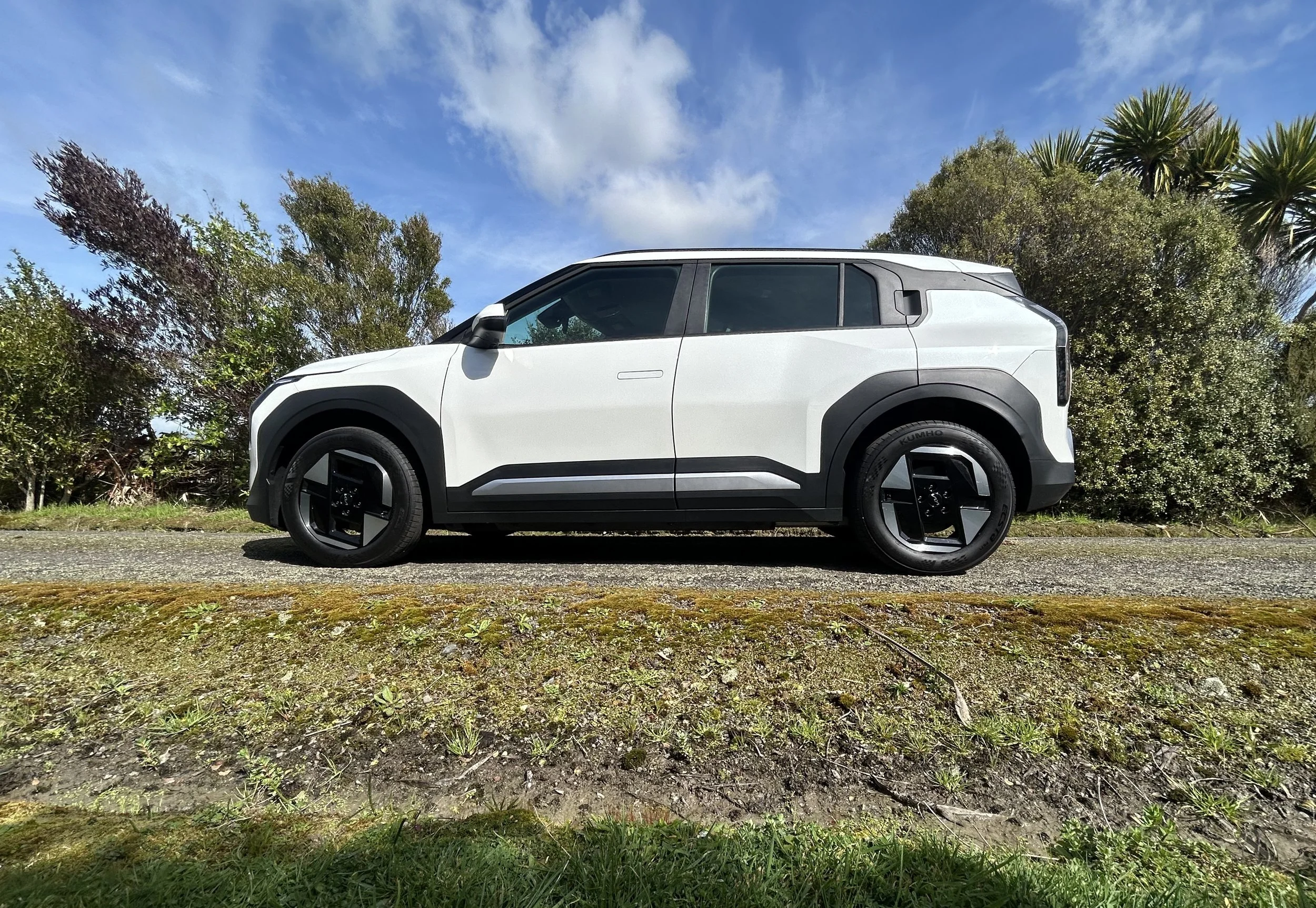RS Enyaq adds more grrr to Green edge
/Spirited zap and a mean look for flagship electric. It’s under consideration.
AN UPDATED regular Enyaq will be here soon, certainly before year-end - and there’s potential the range-topping, high-performance models just revealed in Europe could follow.
That’s the word from Skoda New Zealand in respect to the Enyaq RS and Enyaq Coupe RS, under-skin twins running the same dual-motor electric powertrain and maximum outputs of 253kW and 550Nm.
Both can accelerate from a standstill to 100kmh in 5.4 seconds - that’s the big attraction rather than the top speed, which as with the regular car is pinned to 180kmh.
The chassis is lowered by 15mm at the front axle and 10mm at the rear to enhance handling and provide a more agile setup.
An optional dynamic chassis control setup is also available, which reverts to the car's standard ride height, but compensates by providing a different suspension setup that includes 15-stage damper settings.
It achieves two-piston calipers for the front brakes but as there's no mention of the rear brakes, it's probably safe to assume the Enyaq RS continues with drum brakes there.
These editions get the company's latest 79kWh (usable capacity) battery. WLTP range is 560 kilometres for the standard shape, whereas the slightly more aerodynamic coupe achieves 570km on that test.
Skoda equips both cars with 11kW AC charging as standard and a full charge from empty to full takes 8 hours 30 minutes.
The RS versions get a peak DC-charging rate of 185kW, so topping up the battery from 10 to 80 percent charge takes as little as 26 minutes in optimum conditions.
That peak DC charge rate makes these the fastest charging Skoda models alongside the smaller Skoda Elroq RS.
Most of the revisions to the car's exterior are shared with the everyman model; therefore the same split headlight treatment that readily identifies the facelift treatment.
But the RS has a more aggressive front bumper design that includes finlets for the side air intakes. Gloss black has been applied to the wing mirror caps, badging, air intake covers, window surrounds, roof rails, and lower rear bumper.
Aerodynamically-styled 20-inch are standard, but buyers can upgrade to 21-inch alloy wheels with a performance tyre. The wheel designs include plastic covers that slot into the rim, which not only give it a distinctive appearance, but also help to improve the car's aerodynamic performance as it cuts through the air, thus contributing to a longer driving range.
Also, the eye-catching Mamba Green shade pictured here is exclusive to the RS.
There are two design themes available for the interior: Lounge has more of a motorsport feel and employs a mixture of faux suede and leather with lime green stitching and piping. Suite has a mix of real and faux leather with grey stitching and piping.
Either way, the RS comes with a five-inch digital instrument display and a 13-inch infotainment touchscreen. An optional 'Advanced' package includes a large head-up display that uses augmented reality for a more immersive experience.
Heated front seats, stainless steel pedal covers and dashboard inserts that carry a carbon-fibre appearance are all standard. The three-spoke multifunction steering wheel is also heated.
Skoda’s RS (often also badged vRS) models have a strong following and its enthusiasm for keeping that going in an electric range is noted by Skoda NZ.
Today general manager Alex Brown confirmed the RS is on his wish list. Nothing’s signed ff yet but he has offered: “We are exploring the Enyaq RS as an option.”
The package that’s in production might yet deliver in an even more potent expression.
Last year, remember, it delivered a RS Race concept it said was tailored for track work - an ideal not easily realised in NZ until circuits open up to electric cars in competition (some won’t even allow them for track days).
The Race concept’s big attraction was a dramatic weight reduction - it shed an impressive 316kg over the standard car, regardless that it was fitted with a full roll cage.
Weight loss occurred through it using biocomposite materials, and some polycarbonate instead of glass, offering a sustainable alternative to traditional carbon fibre, but it was also a two seater.
It also dressed very radically (for an Enyaq) with aggressive bumpers, a redesigned aerodynamic body kit, a ventilated bonnet and extended wheel arches, plus small winglets on the roof work and a prominent rear wing.
The Race concept has the same drivetrain as the RS, but claims a 0-100kmh time of under five seconds. IT has adjustable suspension and carbon composite brakes.










